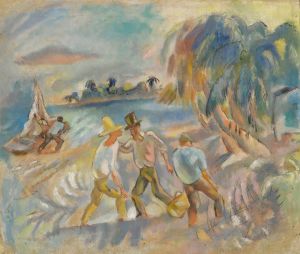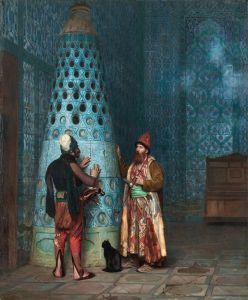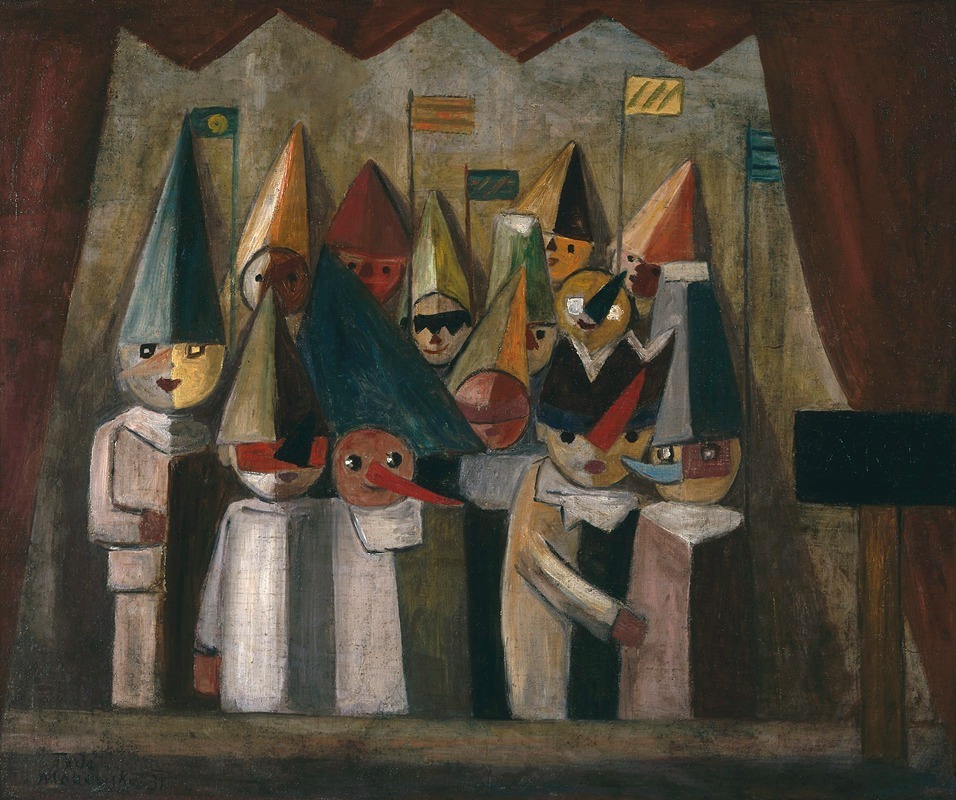
Children’s theatre
A hand-painted replica of Tadeusz Makowski’s masterpiece Children’s theatre, meticulously crafted by professional artists to capture the true essence of the original. Each piece is created with museum-quality canvas and rare mineral pigments, carefully painted by experienced artists with delicate brushstrokes and rich, layered colors to perfectly recreate the texture of the original artwork. Unlike machine-printed reproductions, this hand-painted version brings the painting to life, infused with the artist’s emotions and skill in every stroke. Whether for personal collection or home decoration, it instantly elevates the artistic atmosphere of any space.
Tadeusz Makowski (1882-1932) was a Polish painter known for his unique style that combined elements of folk art, cubism, and symbolism. One of his notable works is "Children’s Theatre," a painting that captures the innocence and imagination of childhood through a theatrical scene.
Makowski was born in Oświęcim, Poland, and initially studied classical philology at the Jagiellonian University in Kraków before switching to the Academy of Fine Arts in Kraków, where he studied under Józef Mehoffer and Jan Stanisławski. In 1908, he moved to Paris, where he became influenced by the avant-garde movements of the time, including cubism and post-impressionism. His time in Paris significantly shaped his artistic style, leading to the development of his distinctive approach to painting.
"Children’s Theatre" reflects Makowski’s fascination with the world of children and their imaginative play. The painting depicts a group of children engaged in a theatrical performance, dressed in colorful costumes and masks. The scene is lively and whimsical, capturing the joy and creativity of childhood. Makowski’s use of bright colors and simplified forms gives the painting a playful and almost dreamlike quality.
The composition of "Children’s Theatre" is carefully structured, with the children arranged in a way that draws the viewer’s eye across the canvas. Makowski’s background in cubism is evident in the geometric shapes and the way he breaks down the figures into simpler forms. However, unlike the more abstract cubist works, Makowski’s painting retains a sense of narrative and character, making it accessible and engaging.
Makowski often drew inspiration from Polish folk art, and this influence is visible in "Children’s Theatre." The costumes and masks worn by the children resemble traditional Polish folk costumes, adding a layer of cultural significance to the painting. This blend of modernist techniques with folk traditions is a hallmark of Makowski’s work, setting him apart from his contemporaries.
Throughout his career, Makowski remained dedicated to exploring themes of childhood and innocence. His paintings often feature children in various settings, from everyday activities to fantastical scenes like "Children’s Theatre." This focus on childhood can be seen as a response to the turbulent times in which he lived, offering a sense of hope and purity amidst the chaos of the early 20th century.
Makowski’s work, including "Children’s Theatre," has been exhibited in various galleries and museums, both in Poland and internationally. His contributions to modern art have been recognized for their originality and emotional depth. Despite his relatively short life, Makowski left a lasting impact on the art world, and his paintings continue to be celebrated for their unique blend of modernism and tradition.
In summary, "Children’s Theatre" by Tadeusz Makowski is a vibrant and imaginative painting that captures the essence of childhood through a theatrical scene. It reflects Makowski’s distinctive style, influenced by cubism, folk art, and his own experiences. The painting remains a testament to Makowski’s ability to blend modernist techniques with cultural traditions, creating works that are both visually striking and emotionally resonant.





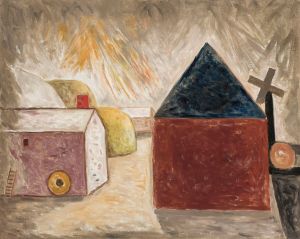
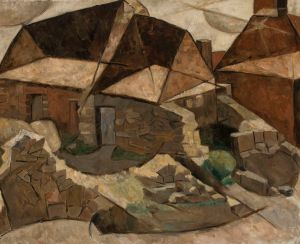
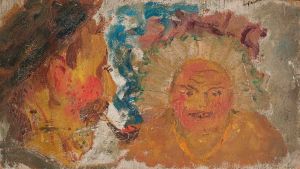
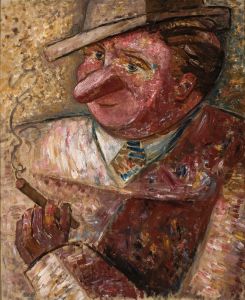
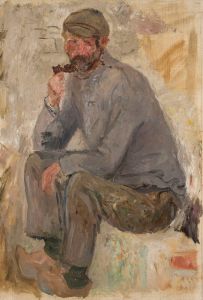
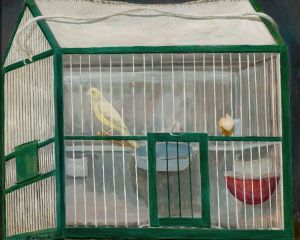

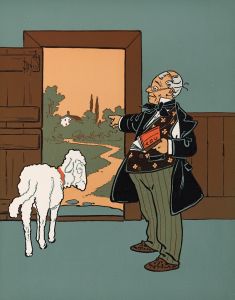
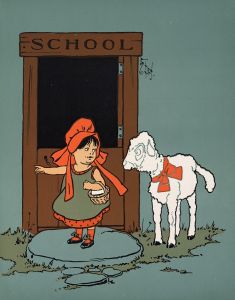
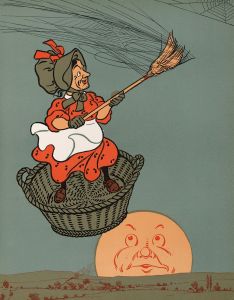
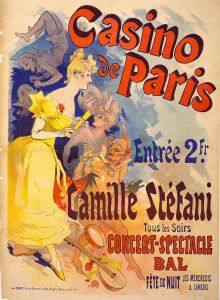
![Suggested treatments of Auditorium for Theatre and Concert Hall, New York World’s Fair 1939.] [Sketch for Scheme A](/imgs/249446/s/winold-reiss-suggested-treatments-of-auditorium-for-theatre-and-concert-hall-new-york-worlds-fair-1939-sketch-for-scheme-a-e530668f.jpg)
